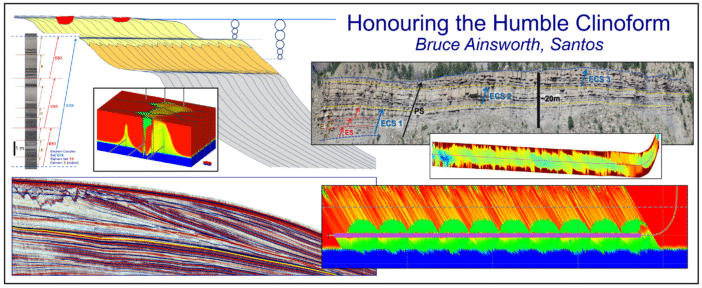
- This event has passed.
PESA ACT/NSW September Technical Lunch
Tony Allan – The Darai Limestone, T-Letter stages and strontium with everything: exploration stratigraphy in the Papuan Basin, a lab and field perspective.
Notice: Date change to Tuesday 19th September
The Oligo-Miocene Darai Limestone crops out over much of the Papuan Fold Belt in the western Papuan Basin, so its stratigraphy is critical in developing structural models to target Mesozoic reservoirs. Since its first application in the Muller Range in 1990 by Mobil, strontium (Sr) dating has been used extensively throughout the Papuan Fold to map the base Darai surface. Most of the isotopic analysis was done at the CSIRO labs in Sydney, in conjunction with petrographic study of limestones as a QC on Sr ages. Without name-dropping too many species, the talk will outline how the petrographic and field research revitalised the conventional “T-Letter” foram biostratigraphy and Darai microfacies stratigraphy through its calibation to the Sr data. This has been a close collaborative effort with many exploration companies – so some industry geologists might be named.
Exploration for Tertiary limestone reservoirs in the eastern Papuan Basin was revived by InterOil in the early 2000s, resulting in the 2009 Antelope gas discovery in a Miocene “reef”. By contrast with the Darai “platform”, in the east sedimentation in a more rifted margin is reflected in the Tertiary sequence; with localised shallow carbonate deposition contiguous with deeper water carbonate and clastic sedimentation, and the tectonic overprint from the middle Miocene of foreland Aure volcanigenic sediments. Within this setting the stratigraphic record of marker forams (& other calacreous microfssils) is complicated by geological factors including reworking and condensation/non-deposition. As a result, the “noise free” T-Letter scheme and broader microfacies sequence in the Darai has been important to the exploration search for carbonate reservoirs in the east.
This account will touch on lessons relevant to ongoing exploration; (1) some findings on Sr age anomalies and their geological and diagenetic causes that have emerged, particularly in the search for “reef reservoirs in the eastern Papuan basin, and (2) potential to refine Tertiary sedimentaion models with the large basinwide petrographic and Sr dataset that captures time-facies information. And some concluding remarks on the Darai exploration legacy for current and future Tertiary basin research on the Australian Margin.

